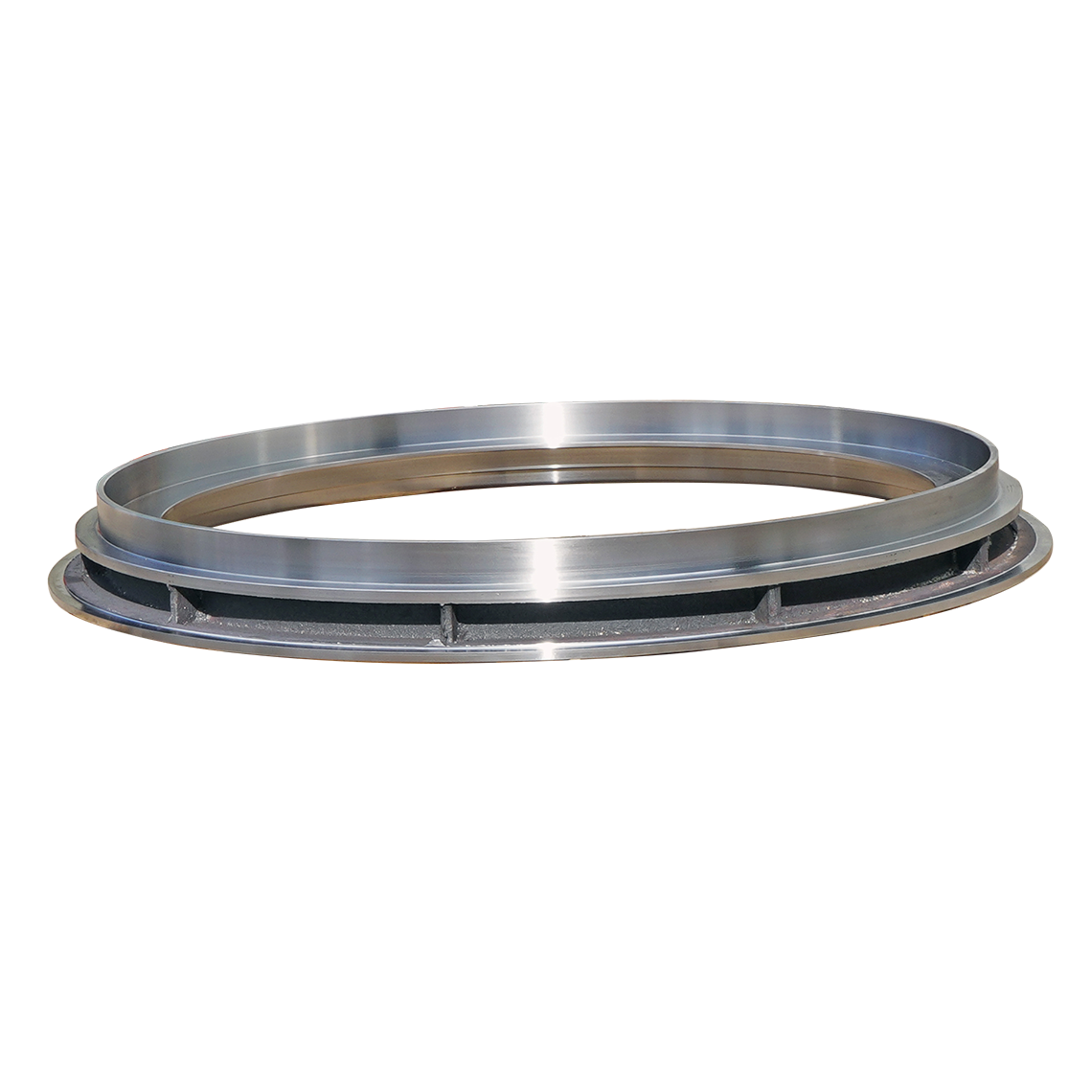- Afrikaans
- Albanian
- Amharic
- Arabic
- Armenian
- Azerbaijani
- Basque
- Belarusian
- Bengali
- Bosnian
- Bulgarian
- Catalan
- Cebuano
- China
- China (Taiwan)
- Corsican
- Croatian
- Czech
- Danish
- Dutch
- English
- Esperanto
- Estonian
- Finnish
- French
- Frisian
- Galician
- Georgian
- German
- Greek
- Gujarati
- Haitian Creole
- hausa
- hawaiian
- Hebrew
- Hindi
- Miao
- Hungarian
- Icelandic
- igbo
- Indonesian
- irish
- Italian
- Japanese
- Javanese
- Kannada
- kazakh
- Khmer
- Rwandese
- Korean
- Kurdish
- Kyrgyz
- Lao
- Latin
- Latvian
- Lithuanian
- Luxembourgish
- Macedonian
- Malgashi
- Malay
- Malayalam
- Maltese
- Maori
- Marathi
- Mongolian
- Myanmar
- Nepali
- Norwegian
- Norwegian
- Occitan
- Pashto
- Persian
- Polish
- Portuguese
- Punjabi
- Romanian
- Russian
- Samoan
- Scottish Gaelic
- Serbian
- Sesotho
- Shona
- Sindhi
- Sinhala
- Slovak
- Slovenian
- Somali
- Spanish
- Sundanese
- Swahili
- Swedish
- Tagalog
- Tajik
- Tamil
- Tatar
- Telugu
- Thai
- Turkish
- Turkmen
- Ukrainian
- Urdu
- Uighur
- Uzbek
- Vietnamese
- Welsh
- Bantu
- Yiddish
- Yoruba
- Zulu
Aug . 17, 2024 05:00 Back to list
Understanding ODM Iron Casting Techniques for Precision Manufacturing
Understanding ODM Iron Casting Innovations and Applications
Iron casting, a fundamental manufacturing process, has been instrumental in producing a wide range of industrial components. Among the various methods, Original Design Manufacturing (ODM) iron casting stands out as a significant approach, particularly in meeting the specific needs of diverse industries. This article delves into the intricacies of ODM iron casting, its advantages, and its applications in the modern industrial landscape.
What is ODM Iron Casting?
Original Design Manufacturing (ODM) refers to the process where a manufacturer designs and produces products based on the specifications provided by another company. In the context of iron casting, ODM allows for the creation of customized iron products that meet precise technical requirements and consumer demands. This process typically involves advanced techniques in metallurgy, design engineering, and casting technology to create high-quality components suitable for a variety of applications.
Advantages of ODM Iron Casting
1. Customization One of the primary benefits of ODM iron casting is the ability to produce tailored solutions for specific requirements. Manufacturers can design casts that not only meet functional specifications but also align with aesthetic and ergonomic standards.
2. Cost Efficiency ODM iron casting can lead to significant cost savings for companies. By outsourcing the design and production processes to specialized manufacturers, businesses can reduce overhead costs associated with equipment, labor, and facility maintenance.
3. Shorter Lead Times With the development of advanced casting techniques and technologies, ODM providers can significantly reduce lead times, allowing companies to bring their products to market more quickly. This rapid turnaround supports agile manufacturing processes and enhances competitiveness.
4. Expertise and Quality Assurance ODM manufacturers often possess extensive experience and expertise in the casting industry. Their specialized knowledge enables them to implement quality assurance measures throughout the production process, ensuring that the final product meets rigorous standards of quality and performance.
odm iron casting

5. Sustainability Many ODM iron casting companies are focusing on sustainable practices, such as using recycled materials and implementing environmentally friendly production methods. This commitment to sustainability not only helps reduce the carbon footprint but also appeals to an increasingly environmentally conscious consumer base.
Applications of ODM Iron Casting
The versatility of ODM iron casting makes it applicable across various industries.
1. Automotive Industry Iron castings are vital components in the automotive sector. ODM iron casting can produce complex parts like engine blocks, transmission cases, and brake housings that require high durability and precision.
2. Construction and Infrastructure In construction, iron castings are used for structural components such as beams, columns, and reinforcement materials. They are also found in infrastructure elements like manhole covers and drainage systems, where strength and reliability are paramount.
3. Heavy Machinery ODM iron casting plays a crucial role in manufacturing heavy machinery and equipment, where robust and reliable parts are necessary for performance and safety.
4. Consumer Products Beyond industrial applications, ODM iron casting can also cater to consumer products, such as cookware and decorative items, combining functionality with aesthetics.
Conclusion
ODN iron casting represents a vital component of modern manufacturing, offering a blend of customization, cost-efficiency, and quality assurance. Its wide-ranging applications across various sectors underscore its importance in today's industrial ecosystem. As technology continues to evolve, the future of ODM iron casting looks promising, with innovative processes and sustainable practices paving the way for greater efficiency and effectiveness in product design and manufacturing. By embracing ODM iron casting, companies can not only meet the demands of their customers but also contribute to a more sustainable manufacturing landscape.
-
Premium Cast Iron Water Main Pipe: Durable, Corrosion-Resistant
NewsAug.03,2025
-
Durable Cast Iron Water Mains | AI-Optimized Systems
NewsAug.02,2025
-
High-Efficiency Propane Boiler for Baseboard Heat | Save Energy
NewsAug.01,2025
-
Premium Source Suppliers for Various Gray Iron Castings
NewsJul.31,2025
-
Durable Cast Iron Water Main Pipes | Long-Lasting
NewsJul.31,2025
-
High-Quality Cast Iron Water Main Pipe for Durable Infrastructure
NewsJul.30,2025


